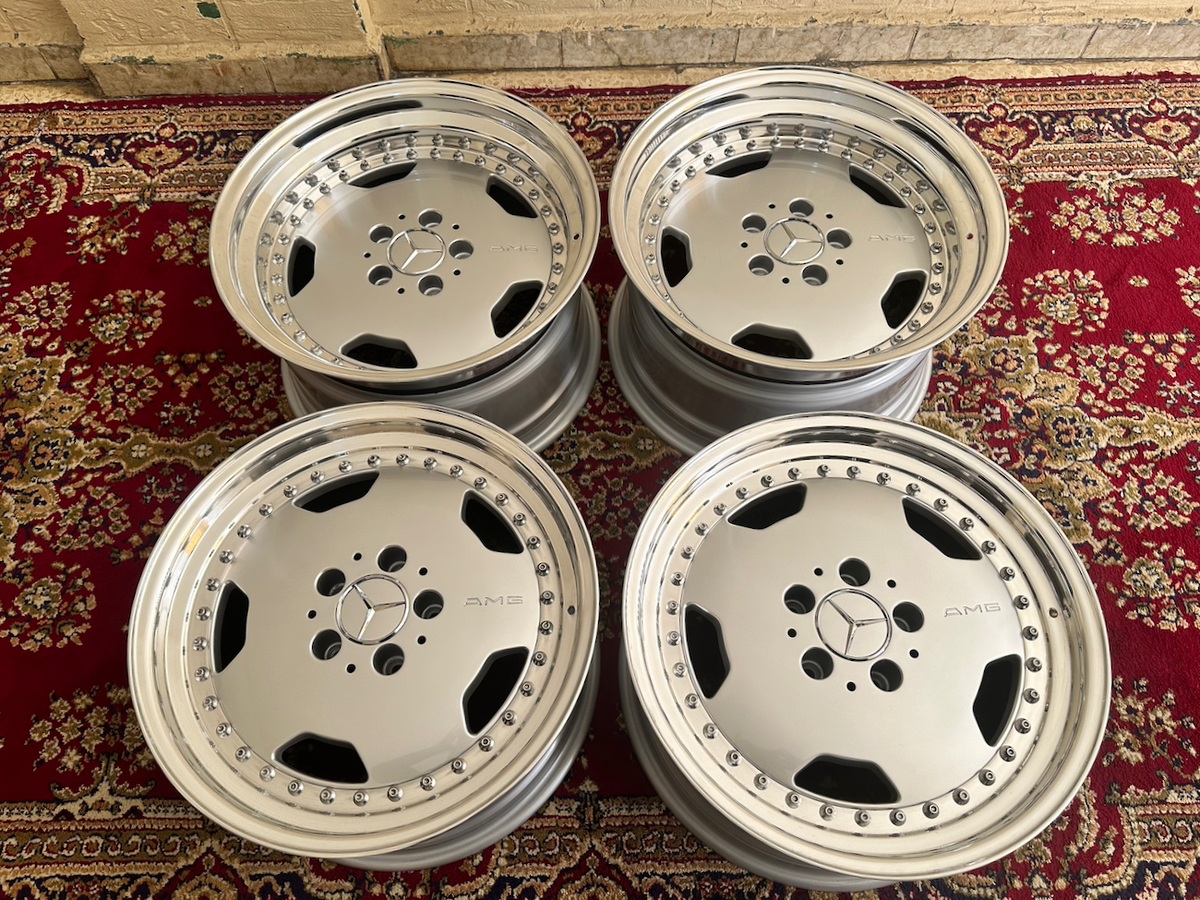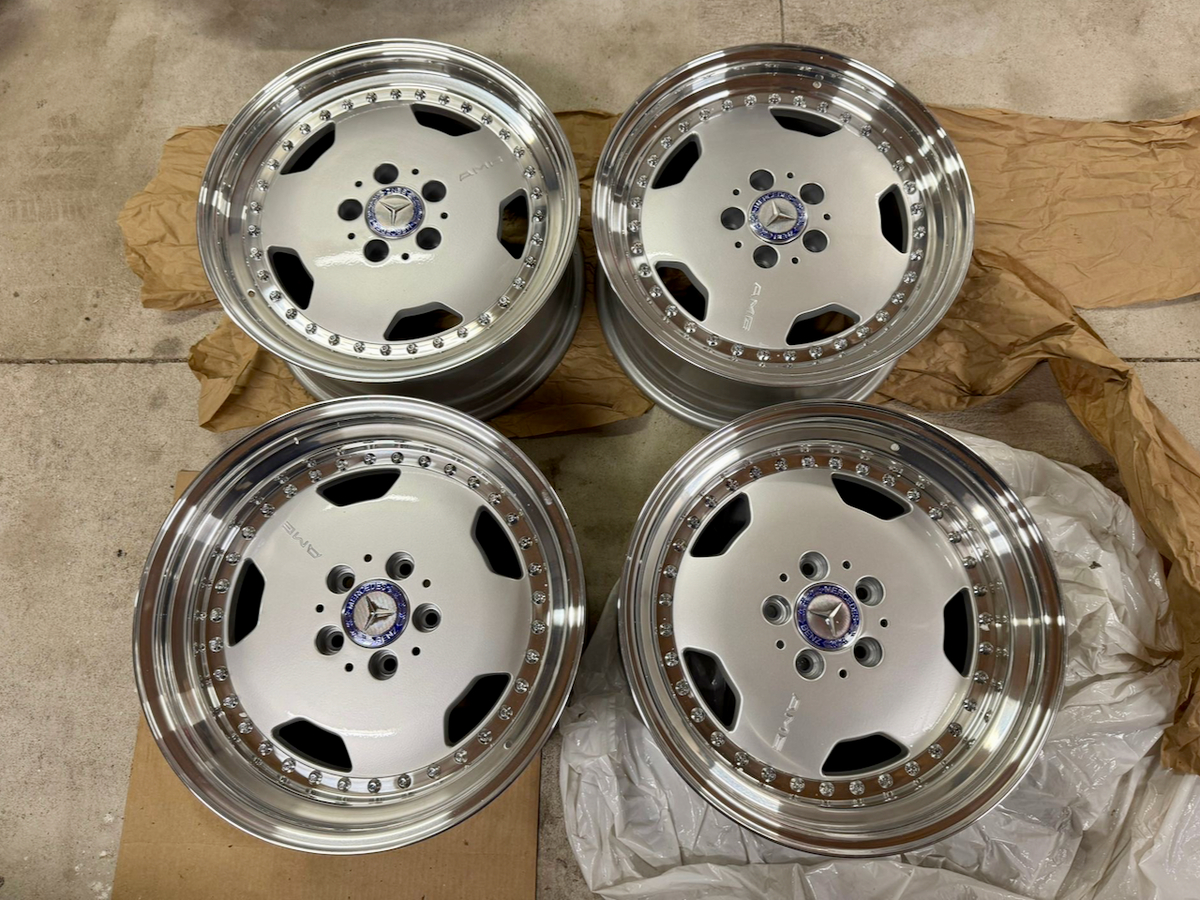Enjoy panoramic views with the MERCEDES BENZ R129 PANOROMIC ROOF — a premium blend of design and comfort.
Discovering the Different Kinds of Auto Parts for each Chauffeur's Requirements
Comprehending the various kinds of vehicle parts is vital for any chauffeur. Each component, from engine components to suspension systems, plays a significant function in car efficiency and safety. Motorists should identify the importance of these parts to make enlightened choices. This expedition goes beyond plain functionality. It questions concerning how each part influences the total driving experience and what choices can improve it. What understandings wait for in the in-depth evaluation of these parts?
Engine Elements
Engine components are the necessary body organs of a vehicle's powertrain, operating in unison to convert fuel right into power. The heart of this system is the engine block, housing cylinders where fuel and air mix for burning. Each cyndrical tube has a piston that moves up and down, transforming power from combustion into activity. The crankshaft, linked to the pistons, equates this direct movement right into rotational pressure, driving the lorry.
Sustaining components such as the camshaft manage the timing of valve openings, assuring perfect air flow during the consumption and exhaust strokes. The fuel shot system specifically supplies gas to the cylinders, enhancing efficiency and efficiency. The cooling system, consisting of the radiator and water pump, avoids overheating, maintaining engine integrity. These components, along with others like the ignition system, gas pump, and exhaust manifold, jointly guarantee that the engine operates efficiently, providing the necessary power for driving.
Suspension Systems
Shock absorber play a vital role in a car's total performance and ride top quality. They are made to take in shocks from uneven roadway surface areas, guaranteeing a smoother trip for guests while keeping tire contact with the ground. Key parts of suspension systems include springtimes, shock absorbers, and control arms, each serving a specific function to boost security and handling.
There are various kinds of suspension systems, such as independent and reliant suspensions. Independent suspensions enable each wheel to move individually, boosting grip and convenience. On the other hand, reliant suspensions connect wheels, which can boost toughness however might jeopardize ride top quality.
In addition, elements like lorry type and planned use influence the option of suspension system. For instance, sporting activities autos commonly utilize performance-oriented suspensions for far better handling, while SUVs generally include systems designed for off-road abilities. Eventually, a properly designed shock absorber is vital for both security and driving satisfaction.
Brake Components
Brake parts play a crucial role in automobile safety and security and performance. Various kinds of brake pads can greatly impact stopping power and wear, while the value of brake blades can not be overlooked, as they are crucial for efficient braking. Comprehending these parts helps drivers make notified choices concerning maintenance and upgrades.
Types of Brake Pads
When it pertains to vehicle safety, recognizing the numerous kinds of brake pads is essential for drivers. Brake pads usually come under 3 groups: natural, semi-metallic, and ceramic. Organic pads, made up of products like rubber and material, provide a quieter operation but break faster. Semi-metallic pads, which contain metal fibers, offer boosted durability and much better heat dissipation, making them ideal for efficiency driving. Ceramic pads are recognized for their reduced dirt manufacturing and long life, offering an equilibrium between efficiency and comfort. Each type has unique features that deal with different driving conditions and designs, allowing drivers to pick the ideal brake pad for their particular needs. Comprehending these alternatives can bring about boosted safety and security and lorry efficiency.
Relevance of Brake Rotors
Reliable quiting power relies greatly on the condition and top quality of brake rotors. These necessary elements are accountable for dissipating warmth generated throughout stopping, thus avoiding brake discolor and ensuring regular efficiency. When blades are put on or deformed, they can lead to unequal stopping, leading to lowered safety and security and enhanced stopping distances. Normal examination and maintenance of brake rotors are vital for peak car performance. Chauffeurs must likewise consider the material and design of rotors, as choices such as vented or slotted rotors can enhance efficiency sought after driving conditions. Eventually, purchasing premium brake blades is critical for preserving trusted braking efficiency and making sure the safety and security of both the vehicle driver and passengers when traveling.
Transmission Components
Transmission components play a necessary duty in a vehicle's performance, incorporating numerous sorts of transmission systems such as automated and guidebook. Recognizing these systems is vital for identifying typical transmission problems that motorists might come across. Recognition of possible troubles can bring about extra efficient repair and maintenance techniques.
Sorts Of Transmission Solutions
Numerous kinds of transmission systems are necessary for the effective operation of web automobiles, each serving a specific function in power shipment and control. The most typical kinds include handbook, automatic, and continuously variable transmissions (CVTs) Hand-operated transmissions call for chauffeurs to involve gears manually, providing better control and driving engagement. Transmission change gears without chauffeur intervention, offering convenience, specifically in rush hour. CVTs utilize a belt and pulley-block system to provide seamless equipment shifts, optimizing gas efficiency. In addition, dual-clutch transmissions (DCTs) integrate elements of both automatic and hands-on systems, delivering quick gear adjustments. Each transmission type has distinctive attributes, allowing vehicle drivers to choose based upon preferences, driving conditions, and automobile Resources performance needs.
Typical Transmission Issues
Recognizing various types of transmission systems is very important, however recognizing typical concerns that can develop within these systems is similarly essential for lorry maintenance. Vehicle drivers typically experience problems such as slipping gears, which can indicate reduced transmission liquid or inner wear. An additional regular concern is delayed engagement, where the car waits before relocating after moving equipments, frequently triggered by reduced fluid levels or a falling short solenoid. Furthermore, unusual noises, such as grinding or yawping, may direct to serious mechanical problems. Getting too hot is an additional essential problem, typically stemming from inadequate liquid or a malfunctioning colder. Prompt medical diagnosis and repair of these typical transmission problems can expand the life of a lorry and guarantee peak performance when driving.
Electric Systems
While many motorists might ignore the details of their vehicle's electrical systems, these parts are vital for total functionality. The electrical system encompasses a series of parts, consisting of the battery, generator, starter, and various electrical wiring harnesses. Each component plays a substantial duty in powering fundamental systems such as lights, entertainment, and ignition functions.
The battery functions as the main power resource, offering energy to start the engine and run electric accessories. The generator then recharges the battery while the engine runs, making certain a steady power supply. Furthermore, the starter electric motor launches the engine's procedure, counting on a well-functioning electric system for peak performance.
Furthermore, contemporary cars include advanced digital control units (ECUs) that manage numerous functions, improving efficiency and safety and security. Routine upkeep of the electrical system is vital, as issues can result in substantial operational issues and reduced driving experience.
Exhaust Systems
Exhaust systems play an important duty in a car's efficiency and environmental compliance, as they handle the expulsion of gases generated during combustion (M117 AMG Engine). These systems are composed of a number of components, including the exhaust manifold, catalytic converter, muffler, and exhaust pipelines. Each component is designed to carry out a certain feature, adding to the total efficiency of the engine
The exhaust manifold collects gases from the engine's cylinders, directing them to the catalytic converter, where dangerous exhausts are lowered. The muffler, on the various other hand, minimizes noise produced during exhaust gas expulsion. Effectively functioning exhaust systems boost fuel performance and guarantee that vehicles fulfill ecological regulations.
Vehicle drivers might pick aftermarket exhaust systems to boost efficiency, noise, or aesthetics. Updating an exhaust system can bring about boosted horse power and torque, making it a preferred option among automobile enthusiasts. Overall, an efficient exhaust system is essential for maintaining a car's efficiency and decreasing its ecological influence.
Inside Add-on
After addressing the effect of exhaust systems on automobile performance, it becomes clear that boosting a car's inside is similarly essential for a pleasurable driving experience. Inside devices play an important role in giving convenience, benefit, and customization for vehicle drivers and travelers alike. Products such as seat covers, flooring mats, and steering wheel his comment is here covers not just secure the inside but also include a touch of style.
Tech-savvy motorists might choose innovative gadgets, including smart device mounts, Bluetooth adapters, and boosted audio systems, which improve connectivity and enjoyment throughout trips. In addition, organizers and storage services help preserve a clutter-free setting, making sure essential things are easily accessible.
Eventually, spending in high quality indoor accessories reflects a vehicle driver's character while enhancing total driving pleasure. By choosing the appropriate devices, individuals can produce a practical and inviting space that satisfies their special needs on the road.
Frequently Asked Questions
Just how Do I Know What Parts My Automobile Demands?
To identify which parts a car needs, one ought to get in touch with the vehicle's manual, conduct routine assessments, and observe efficiency concerns. Additionally, seeking recommendations from a qualified technician can give valuable insights right into necessary replacements.
Can I Make Use Of Aftermarket Parts As Opposed To OEM?

What Are the Conveniences of Upgrading Car Components?
Upgrading car components can boost performance, enhance fuel effectiveness, and boost security - M117 AMG Engine. Additionally, it enables personalization, possibly increasing the lorry's resale value and providing an extra satisfying driving experience tailored to the owner's choices
How Often Should I Change Various Cars And Truck Parts?
Vehicle components should be changed based upon manufacturer recommendations, typically every 30,000 to 100,000 miles. Normal look for brakes, batteries, and tires are necessary to guarantee security and optimal vehicle performance throughout its life expectancy.

Where Can I Discover Trustworthy Vehicle Part Vendors?
Dependable cars and truck component distributors can be found with licensed car dealerships, reliable online retailers, and local vehicle components shops. Investigating customer testimonials and looking for referrals from vehicle experts can even more guarantee top quality and dependability in purchases.
